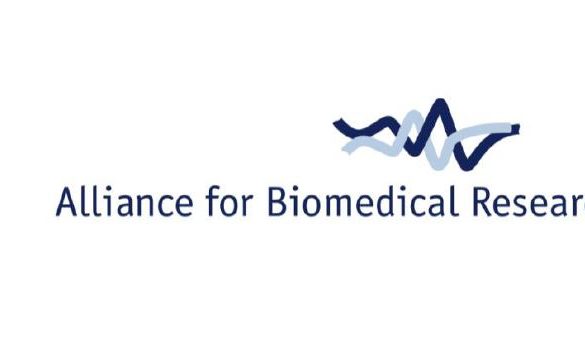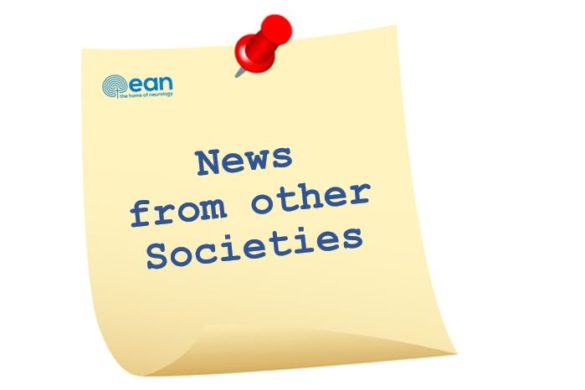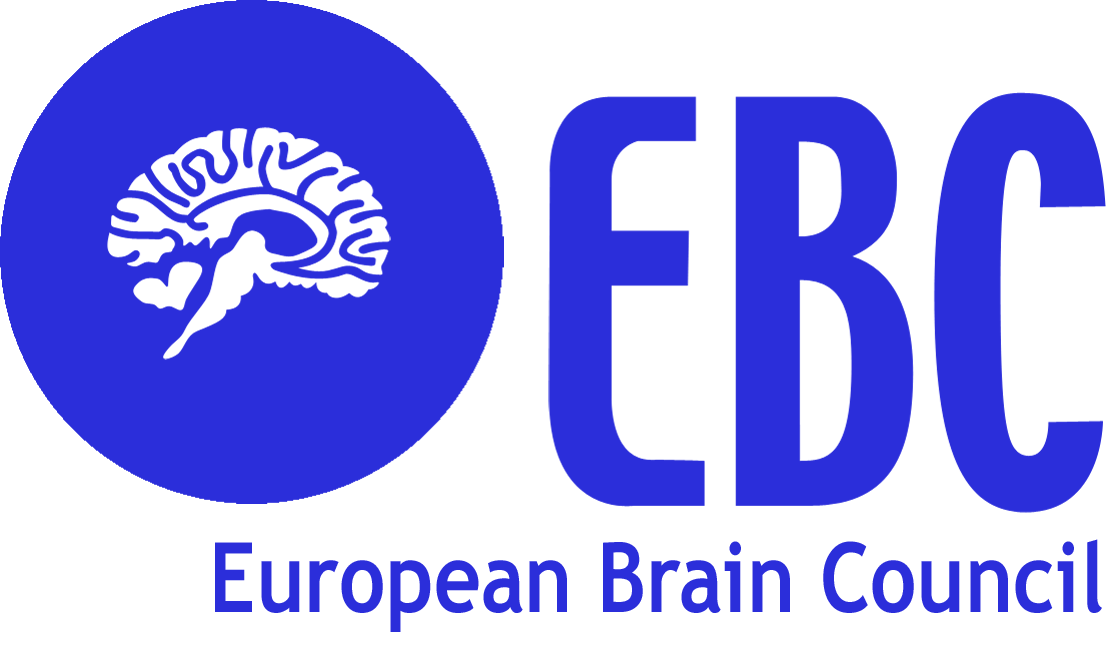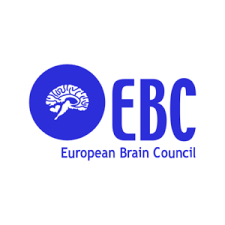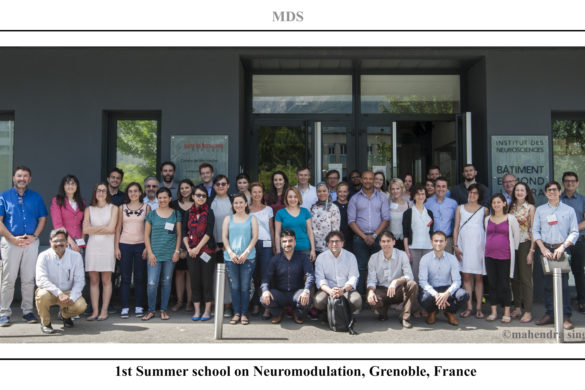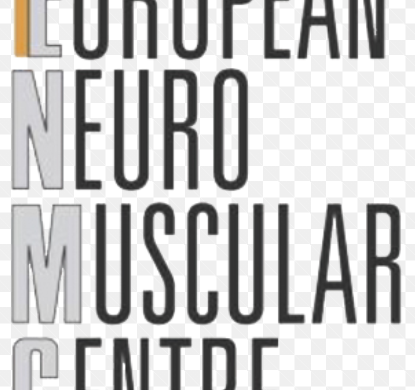Invisible disability is a term that captures a whole spectrum of hidden symptoms or challenges that are primarily neurological in nature.
Many brain and brain-related disorders cause symptoms that are not obvious to an onlooker. These symptoms can include pain, fatigue, sleeping problems, dizziness, cognitive dysfunction, brain injuries, learning difficulties and mental health disorders, as well as hearing and vision impairments.
While these symptoms may not be visible, they can limit the person’s ability to perform daily activities and severely impact quality of life. Even in brain disorders that have immediately apparent symptoms, the secondary invisible symptoms can be just as, or even more, disabling – and worsened by the stigma that such unseen disabilities can create.
That’s why, the European Federation of Neurological Associations [EFNA] got involved in supporting the annual Invisible Disabilities Week.
Using it’s Together Under the Umbrella campaign, it asked supporters to take a photo hidden behind an umbrella and to post this to Twitter; listing their disease area and the associated invisible symptoms.
Many groups got involved, including the EAN staff.

The wider Together Under the Umbrella campaign – endorsed by EAN – runs until April 2017. To get involved or to learn more, see: www.undertheumbrella.eu or check out #UnderTheUmbrella on social media.




